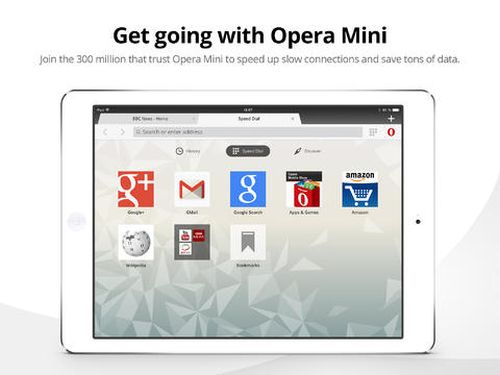

Among other things, the YouTube Go app allowed users to download videos and watch them offline. These highly optimized apps could run efficiently on low-end hardware. This is when Google introduced more optimized versions of its apps including YouTube Go, Google Maps Go, Assistant Go, and Gallery Go. However, the hardware restrictions, such as low RAM and weak processors on low-end phones, meant that apps couldn't run properly on Android Go. This was designed with ultra-affordable devices in mind, especially for countries where access to high-speed internet was considered a luxury. In 2017, Google introduced an even lighter version of its mobile operating system called, Android Go. The lighter version of Android was perfect for the mid-range market, and was quite popular until Google abandoned the effort in 2020. It offered a stock Android experience without custom skins, and in a world where ads and bloatware on devices was a common thing, this was a boon. In 2014, Google surprised users by partnering with OEMs around the world, when it announced Android One. We need to travel back in time, to understand the importance of the app.

The search giant is recommending users to install the main YouTube app, or access the streaming service using mobile browsers. Quote:Google has announced that it is discontinuing its YouTube Go app in August 2022.


 0 kommentar(er)
0 kommentar(er)
